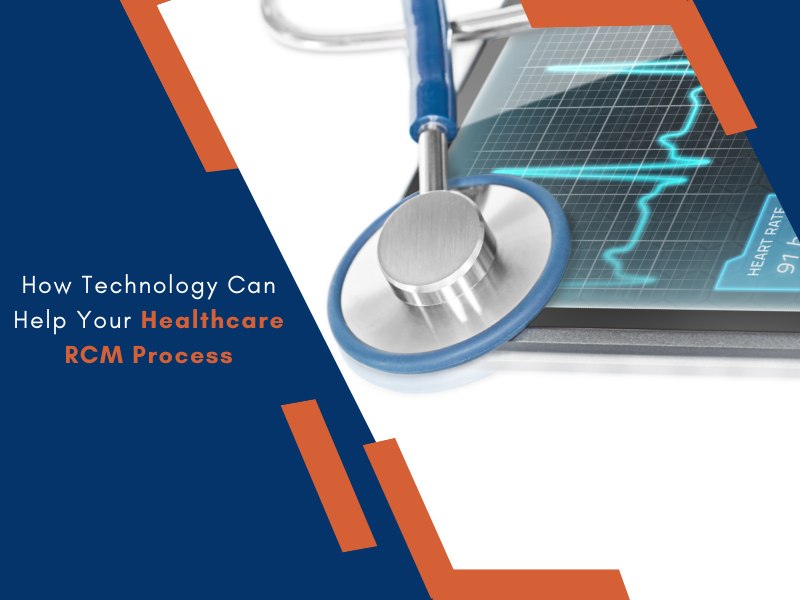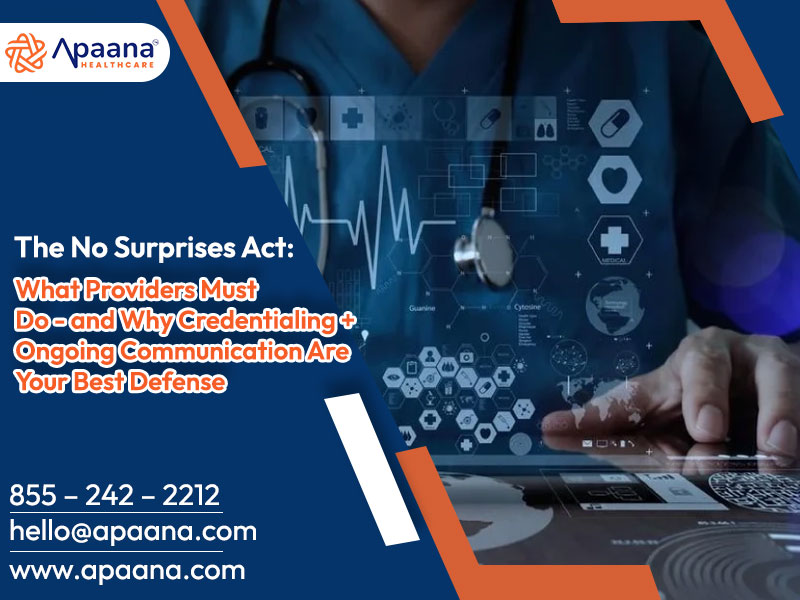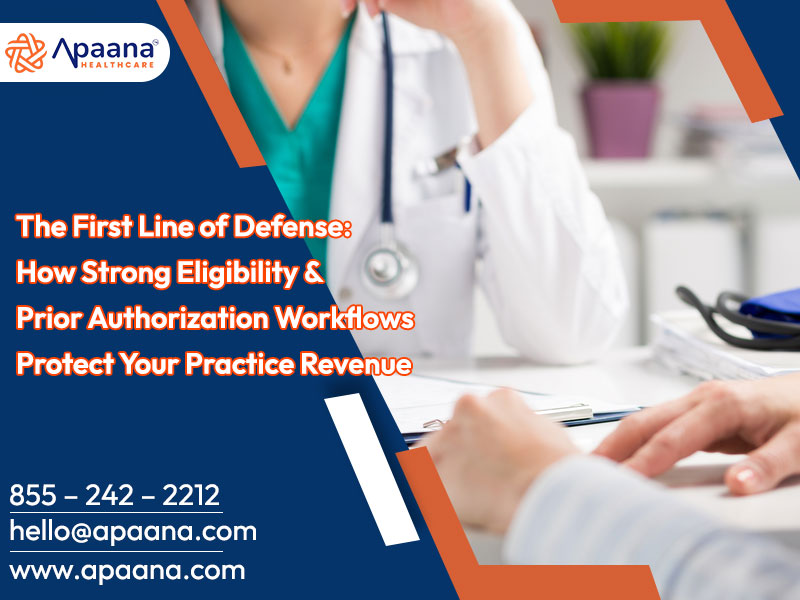The healthcare RCM process (Revenue Cycle Management) plays a critical role in maintaining the financial health of healthcare organizations. From patient registration to final claim settlement, the entire cycle involves multiple steps that demand accuracy, efficiency, and timely execution. In an era where technological advancements redefine every industry, healthcare is no exception. Leveraging technology for your healthcare RCM process not only simplifies workflows but also improves revenue outcomes.
In this blog, we will explore the various ways technology can enhance the healthcare RCM process, improve efficiency, and reduce errors.

1. Streamlining Patient Information Management
Accurate and well-organized patient information is foundational to a successful healthcare RCM process. Technology, particularly Electronic Health Records (EHRs), allows providers to centralize and access patient information seamlessly. When integrated with RCM software, EHRs:
- Eliminate redundancies in data entry.
- Provide instant access to insurance details.
- Enable automated updates, ensuring that records are always current.
By linking patient demographics and insurance details to billing systems, healthcare providers can reduce claim denials caused by incomplete or inaccurate information.
2. Enhancing Insurance Verification and Eligibility Checks
Insurance verification is one of the most time-consuming aspects of the healthcare RCM process. Errors in eligibility checks often lead to delayed payments or outright denials. Automated verification tools:
- Instantly confirm patient coverage.
- Check for co-pay requirements, deductibles, and plan limitations.
- Alert staff to discrepancies before services are rendered.
This proactive approach reduces billing delays and ensures that claims submitted to payers have a higher success rate.
3. Improving Coding Accuracy with AI and Machine Learning
Coding errors can be a significant bottleneck in the RCM process, often resulting in claim denials or underpayments. Advanced technologies like AI-powered coding solutions and natural language processing (NLP) tools can:
- Automatically assign accurate codes based on medical records.
- Flag discrepancies for human review.
- Update coding systems to comply with the latest regulations.
By improving coding precision, healthcare providers can enhance claim approval rates and minimize revenue leakage.
4. Simplifying Claims Management
Managing claims is one of the most critical yet complex stages of the healthcare RCM process. Technology-driven solutions make this step smoother by:
- Automating claim submissions.
- Tracking claim status in real-time.
- Flagging potential issues, such as missing documentation, before submission.
Additionally, automated denial management systems analyze patterns in denied claims, helping providers address recurring issues and prevent future rejections.
5. Accelerating Payment Posting
Manual payment posting can lead to delayed updates in the revenue cycle and create confusion regarding outstanding balances. Automated payment posting systems streamline this process by:
- Reconciling payments directly from insurance payers and patients.
- Allocating payments to the correct accounts.
- Generating detailed reports for better financial oversight.
These systems reduce errors and provide a transparent view of the payment lifecycle.
6. Enhancing Patient Engagement with Digital Tools
Technology empowers patients to play an active role in the financial aspects of their healthcare. Tools like patient portals and mobile applications allow patients to:
- Access billing statements and payment histories.
- Verify insurance coverage.
- Make online payments through secure gateways.
This level of transparency not only improves the patient experience but also encourages timely payments, thus accelerating cash flow.
7. Leveraging Analytics for Better Decision-Making
Data analytics plays a pivotal role in optimizing the healthcare RCM process. Advanced analytics tools provide actionable insights by:
- Identifying trends in claim denials and delays.
- Highlighting high-performing departments and areas needing improvement.
- Predicting future cash flow based on current performance metrics.
Armed with these insights, healthcare providers can make informed decisions to enhance revenue cycle efficiency.
8. Strengthening Security and Compliance
Handling sensitive patient data requires robust security measures. Modern RCM software comes with advanced features like encryption, multi-factor authentication, and regular compliance updates. These measures ensure:
- Protection against data breaches.
- Adherence to HIPAA and other regulatory standards.
- Maintenance of patient trust and organizational credibility.
By using technology to safeguard data, healthcare providers can focus more on delivering quality care.
9. Enabling Scalability and Flexibility
As healthcare organizations grow, their RCM needs become more complex. Technology provides scalable solutions that can adapt to growing volumes of patients, claims, and compliance requirements. Cloud-based systems, in particular, offer flexibility by:
- Allowing remote access to data.
- Supporting integration with third-party applications.
- Ensuring continuous updates without downtime.
These features make it easier for healthcare providers to scale their operations without compromising on efficiency.
10. Reducing Administrative Burdens
Administrative tasks can overwhelm healthcare staff, diverting attention from patient care. Automation simplifies repetitive tasks like scheduling, billing, and reporting, freeing up valuable time for staff to focus on core responsibilities. This leads to:
- Higher staff productivity.
- Reduced burnout.
- A smoother overall workflow.
How to Choose the Right Technology for Your Healthcare RCM Process
While the benefits of technology are clear, selecting the right tools for your healthcare RCM process is crucial. Consider the following factors:
- Integration Capabilities: Ensure the system integrates seamlessly with existing EHR and billing software.
- User-Friendliness: Opt for intuitive interfaces that reduce the learning curve for staff.
- Customization: Look for solutions that can be tailored to your organization’s unique needs.
- Customer Support: Reliable technical support is essential to address issues quickly.
Why Invest in Technology for Healthcare RCM Process?
Investing in technology is no longer a luxury but a necessity for modern healthcare organizations. By automating time-intensive tasks, improving accuracy, and offering real-time insights, technology transforms the healthcare RCM process into a streamlined and efficient system. The result? Faster payments, reduced errors, and a healthier bottom line.
Choose Apaana Healthcare for Your RCM Needs
When it comes to optimizing the healthcare RCM process, partnering with a trusted service provider makes all the difference. At Apaana Healthcare, we drive operational excellence with our global healthcare management solutions. Our expertise in outsourced services includes:
- Member Enrollment: Ensuring accurate and efficient patient registration.
- Claims Administration: Managing claims from submission to settlement.
- Medical Billing & Coding: Delivering precision and compliance in every step.
- Provider Engagement: Enhancing collaboration with healthcare providers.
We pride ourselves on offering cost-effective solutions tailored to meet the unique needs of healthcare organizations. By choosing Apaana Healthcare, you’re not just improving your RCM process—you’re setting your organization up for long-term success.
In Conclusion
Technology has revolutionized the healthcare RCM process, making it more efficient, accurate, and patient-friendly. As the industry continues to evolve, adopting the right technological solutions will be key to staying competitive. Let Apaana Healthcare be your partner in navigating this transformation. Together, we can create a streamlined, efficient, and profitable revenue cycle for your organization.





